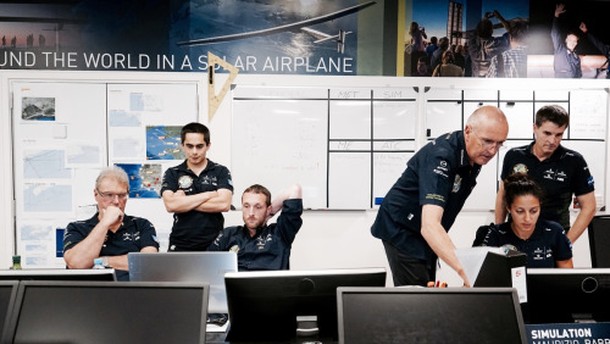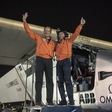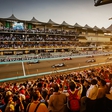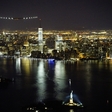
What is holding Si2 back from taking off on its final flight from Cairo to Abu Dhabi? Unbelievable summer heat. "We have all felt the summer heat this year in the northern hemisphere. But not as intensely as those living in the Middle East region. To put this into perspective, we analyzed Riyadh, Saudi Arabia as an exemplary location in the Middle East, being close to our route to Abu Dhabi. It is currently 48°C on the ground during the day, and 31°C at night. Pretty warm, huh?" explain the team od their blog.
There are many factors at play, so here are two principles you need to know:
1. The air is less dense in high altitude. There is less weight pressing down on the air molecules, making the air thinner.
2. The air is less dense in warm temperatures. Particles and gases expand in heat, causing the air to become thinner.
How hot is it for the plane?
In the standard atmospheric model, the temperature at sea level is approximately 15°C, and for every 1000ft of ascent, there is a 2°C decrease in temperature. In desertous Saudi Arabia, the temperature at sea level is 3 times the temperature of the standard model. Now wouldn't the heat be better for the pilot sitting in an unheated cockpit?
Yes, that's true. But not for the airplane. Because hot air is less dense, the airplane requires more energy to remain level and climb to higher altitudes. Think of it this way, with lower air density, the propellers have to shovel thinner air, therefore requiring more energy to fly towards its destination. Si2 is therefore less energy efficient in high heat, even commercial airliners struggle in extreme heat!
"The intense heat can also throw off our standard daily flight plan. Si2 uses the energy from the sun during the day to charge its batteries and climb to the highest cruising altitude (approx. 28,000ft), preparing to have enough energy for the nighttime when the sun no longer shines. The temperature at night drops, creating vertical winds with a downward movement of air mass, making it more difficult for the airplane to remain high at night without using more energy. This mechanism between daytime and nighttime temperature could be described as breathing. In this situation with desert-like temperatures, the magnitude of this mechanism becomes much larger."
This should give you a little insight into the complexity of the discussions underway among the engineers at the Mission Control Center in Monaco. No one said flying around the world in a solar powered airplane using clean technology would be easy...



